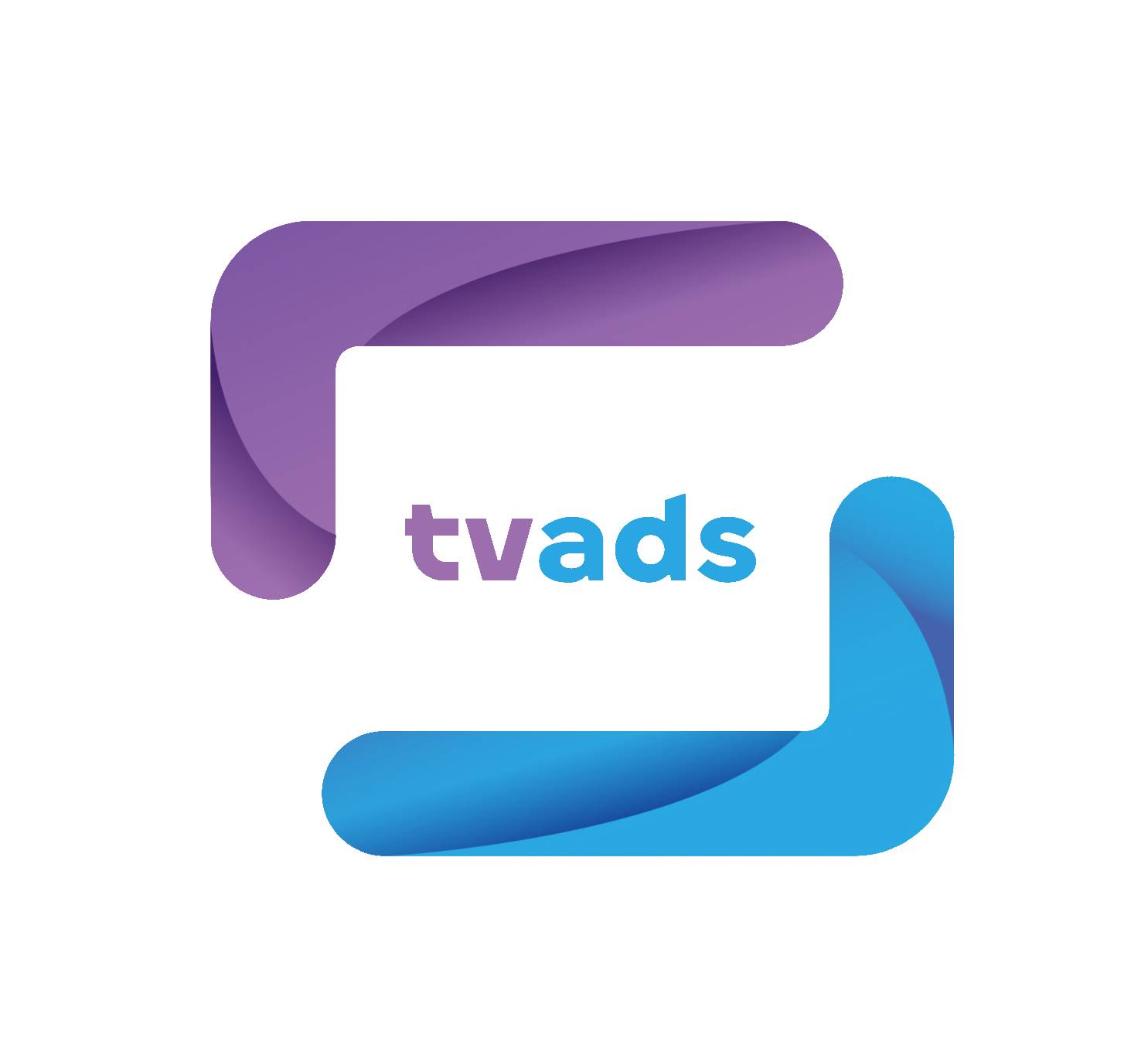

As discussed in the previous article, ad fraud is one of the biggest challenges currently facing the connected TV (CTV) ecosystem. After reviewing the main types of fraud and harmful practices affecting this space—from device spoofing to "Made for Advertising" inventory—in this follow-up article, we take a deeper look at how each player in the CTV ecosystem can actively contribute to the fight against ad fraud.
Tackling ad fraud in CTV requires a collective effort involving coordinated action, transparency, and adherence to technical standards across all stakeholders. Most importantly, it demands a genuine willingness to change.
Here are the key areas where each type of player can make a difference:
Fighting ad fraud in CTV goes far beyond technology: it is, above all, a matter of intention, responsibility, and shared commitment. While most industry players acknowledge that fraud exists and undermines trust in the channel, there is still a lack of decisive, sustained collective action to eliminate it. The complexity of the ecosystem can no longer serve as an excuse.
This type of fraud does not distinguish between roles: it affects advertisers, agencies, platforms, broadcasters and technology providers alike. Therefore, collaboration must become a structural practice, not just a good intention. No single effort will be enough without real collaboration among all stakeholders. Sharing intelligence on threats, participating in industry-wide initiatives—led by organizations like IAB Tech Lab or TAG (Trustworthy Accountability Group)—and contributing to the development of strong standards and best practices are all essential.
Only by building on this foundation can a truly trustworthy environment emerge. CTV has enormous potential as an advertising medium. But it will only reach that potential if the entire industry aligns around a common goal: protecting inventory value, ensuring transparency, and securing the ecosystem against fraud.
At tvads we has a professional team able to advise you on this field and and guide you in any area of your streaming advertising business, advising you or even operating it on your behalf if necessary
All author posts